Project IDAM on Target: An Important Milestone in the Additive Series Production of Automotive Parts
A consortium of 12 project partners has set up two fully automated production lines for the additive series production of automotive parts as part of the BMBF-funded project IDAM (Industrialization and Digitalization of Additive Manufacturing). Thanks to the new infrastructure, at least 50,000 components can now be produced cost-effectively at two locations using identical parts and more than 10,000 individual and spare parts using metallic 3D printing. Scientists from the Chair of Digital Additive Production DAP at RWTH Aachen supported the project, especially in the area of digital automation of process chains.
Industrializing and digitizing additive manufacturing and making it usable for the series production of automotive parts – that was the goal of the IDAM project defined in 2019. After three years of intensive cooperation, the consortium of 12 project partners from SMEs, large companies and research institutions was able to announce the successful implementation. What began with a concept is now a fully automated AM line, which for the first time integrates metallic 3D printing into an automated series process in the automotive industry and offers an outlook on the further potential of additive manufacturing for automotive parts.
At the locations of the BMW Group in Munich and GKN Powder Metallurgy in Bonn, automobile parts can now be mass-produced using the AM technology “Laser Powder Bed Fusion” (LPBF). In this process, metal powder is melted layer by layer with a laser at exactly the point where the component is to be created at the end. The advantages: No specially made tools are required and the implementation of new design options is more flexible.
Fully automatic production line also thanks to Open Vector Format (OVF)
In just three years, a production line was jointly developed that is able to carry out all the work steps itself under computer control. In this way, components can be designed, produced and reworked autonomously. Even the metal powder used is recycled automatically. Driverless transport systems move raw materials and the end product between the individual modules of the production line. The machines are orchestrated by a central control unit, in which all production data from the individual line modules converge.
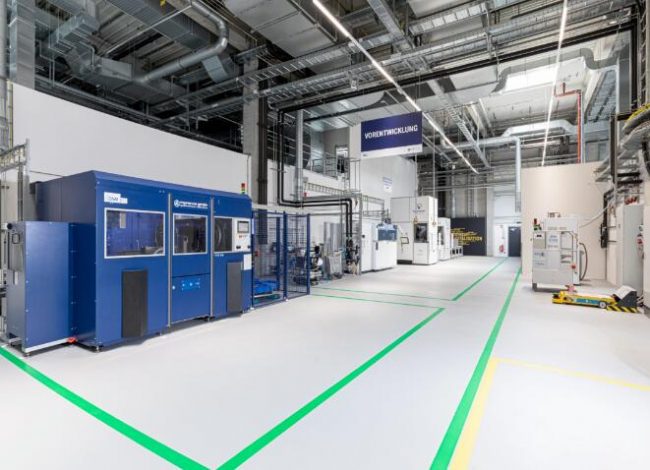
The Open Vector Format co-developed by the DAP chair makes an important contribution to this successful digitization. This new data format is used for the reliable generation and processing of production data for the LPBF process. It is used in IDAM to combine the output of different programs or automated sub-steps along the process chain from different manufacturers and to merge the corresponding data. It thus lays the foundation for the scalable, modular and automatically linked LPBF process chain developed in the project. In order to be able to use the fully automated process line optimally, the DAP chair developed software modules for automatic orientation optimization for components. The orientation plays an important role in the efficiency, duration and quality of the component to be printed. In addition, in-situ process monitoring and data evaluation have been improved through the development of AI-based algorithms. Here, too, the OVF was able to provide support by integrating metadata.
Scalable training concepts with virtual and augmented reality
In addition to automating the process chain, the need for innovative training concepts for additive manufacturing was addressed in IDAM. Based on workshops and interviews, prototypes for training in augmented and virtual reality were developed. As a result, specialists can now be brought up to date with the latest additive manufacturing quickly, interactively and in a scalable environment. In addition to the printing process itself, upstream steps in the process chain, such as design – in particular the new possibilities through the design freedom of additive manufacturing – were also covered.

Close networking and team spirit of the project partners are reflected in success
The successful implementation of the project required the expertise of all project partners. This is the only way to achieve digitization and automation in mechanical and plant engineering, in component design and in the field of metallic 3D printing. Felix Haeckel, head of the consortium and project manager at the BMW Group, was delighted with the cooperation: “Team spirit among the partners was noticeable right from the first day of the project. Learning from each other, developing innovative solutions together and developing the individual strengths of each partner in the best possible way.” – for IDAM, these were the keys to success.
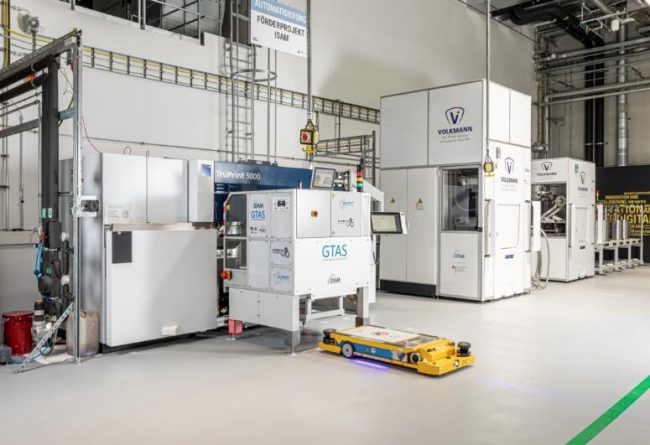
IDAM Consortium:
- Aconity GmbH, Herzogenrath
- Concept Reply GmbH, Munich
- Fraunhofer Institute for Laser Technology ILT, Aachen
- GKN Powder Metallurgy, Radevormwald
- Myrenne GmbH, Roetgen
- Intec GmbH – engineering office for automation technology, Bad Neuenahr-Ahrweiler
- Kinexon Industries GmbH, Munich
- Chair for Digital Additive Production DAP, RWTH Aachen University, Aachen
- Technical University of Munich, Chair of Metal Forming and Casting, Munich
- Schmitz Spezialmaschinenbau GmbH, Rheinbreitbach
- Volkmann GmbH, Soest
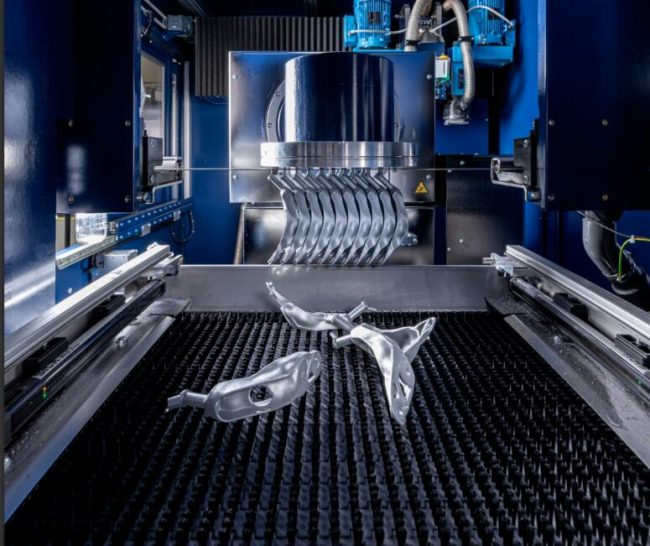
The research project (funding code 13N15084) was financially supported by the Federal Ministry of Education and Research (BMBF) as part of the “Line integration of additive manufacturing processes” funding measure.
Source: DAP RWTH

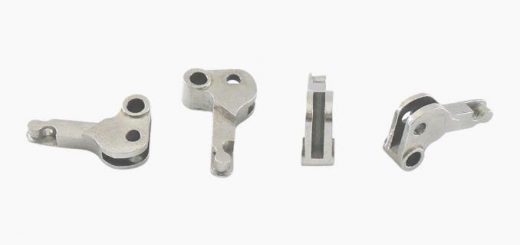
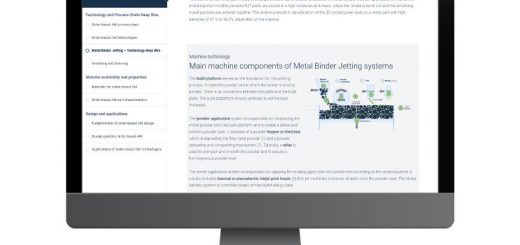

Recent Comments